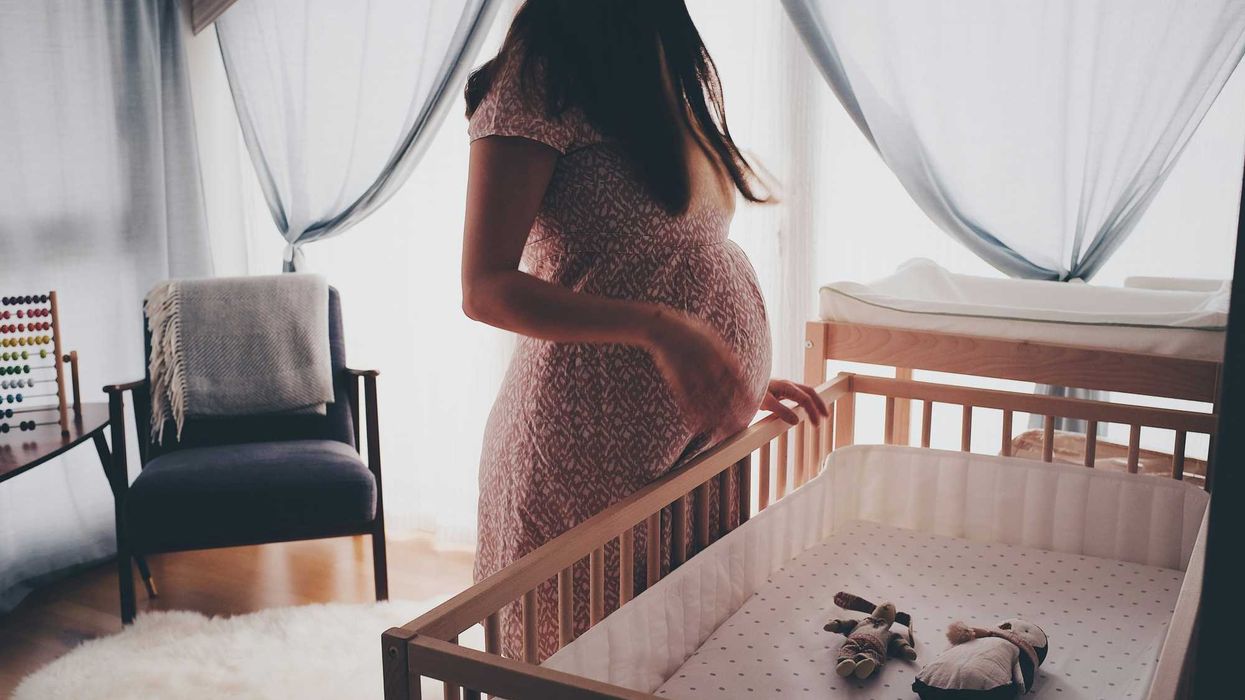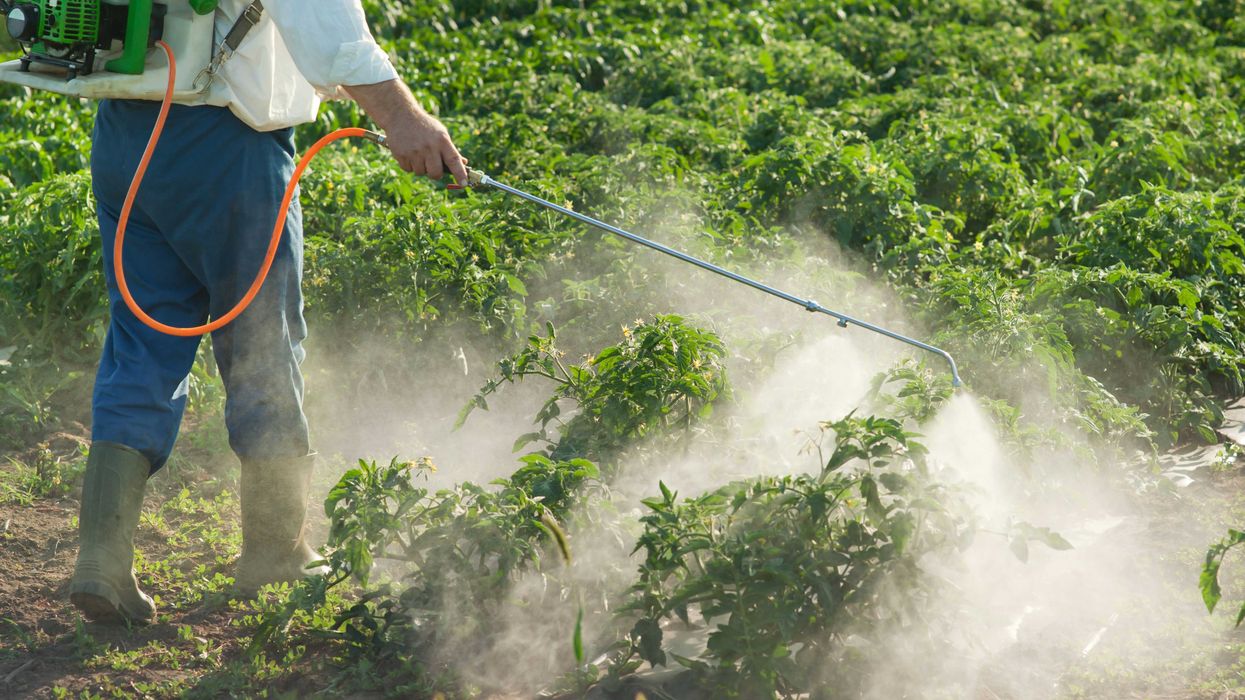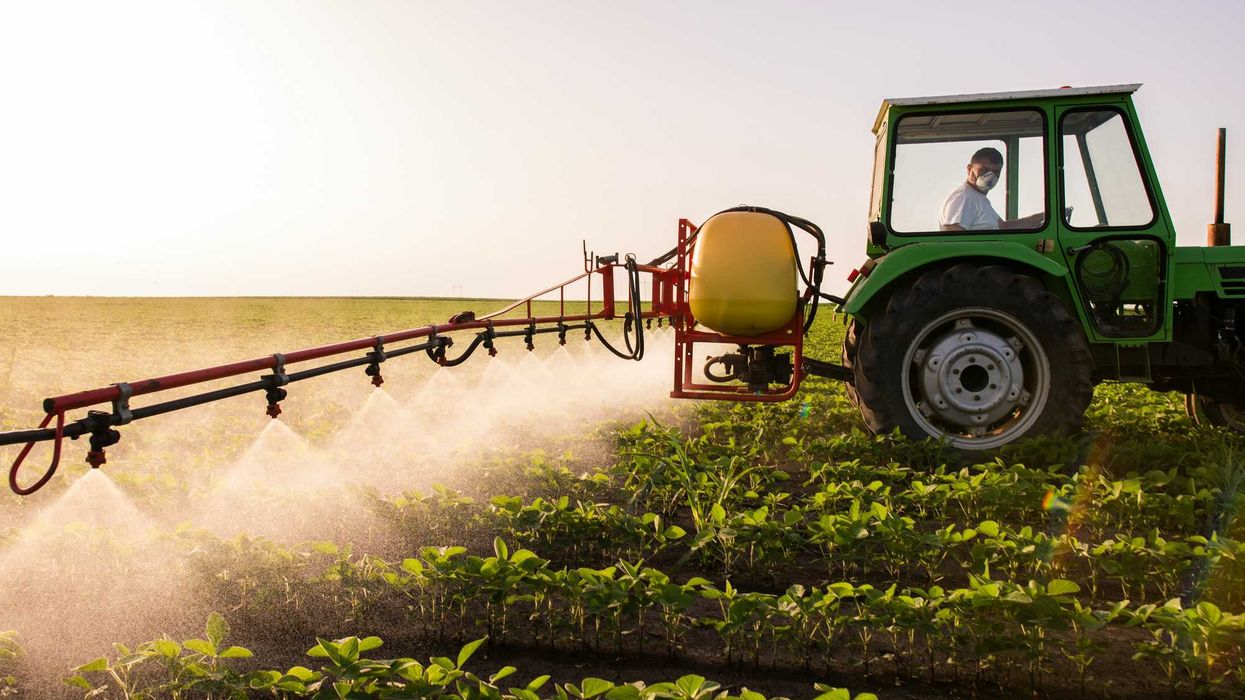Nearly half the U.S. population now lives in areas with dangerously polluted air, with climate-driven wildfires and weakened federal protections compounding the threat.
Keerti Gopal reports for Inside Climate News.
In short:
- The American Lung Association’s latest “State of the Air” report finds 156 million people — 25 million more than last year — exposed to unhealthy levels of ozone or particle pollution.
- Communities of color are disproportionately affected, with people of color over twice as likely as white Americans to live in areas receiving failing grades for all three pollution metrics.
- The Trump administration has slashed funding for the U.S. Environmental Protection Agency and environmental justice programs, eliminated climate-health research at the National Institutes of Health, and laid off hundreds of EPA employees working on civil rights and pollution issues.
Key quote:
“More people in more parts of the country are seeing their health put at risk from unhealthy air pollution, and fewer people in fewer places are living with the cleanest air.”
— Katherine Pruitt, national senior director for policy at the American Lung Association
Why this matters:
Air pollution is a lethal, daily threat. It worsens asthma, heart disease, and dementia, and has been linked to low birth weights and premature death. Scientists estimate it kills seven million people a year worldwide. But it doesn’t fall evenly: pollution settles hardest on the lungs of those least equipped to bear it — children, the elderly, and low-income communities of color. These same groups often lack access to health care and live in areas more vulnerable to wildfires, traffic congestion, and industrial activity. The current rollback of environmental protections and shrinking investment in air monitoring mean that not only is pollution getting worse, but we may no longer fully know where or how fast.
Related EHN coverage: Regulators are underestimating health impacts from air pollution: Study














